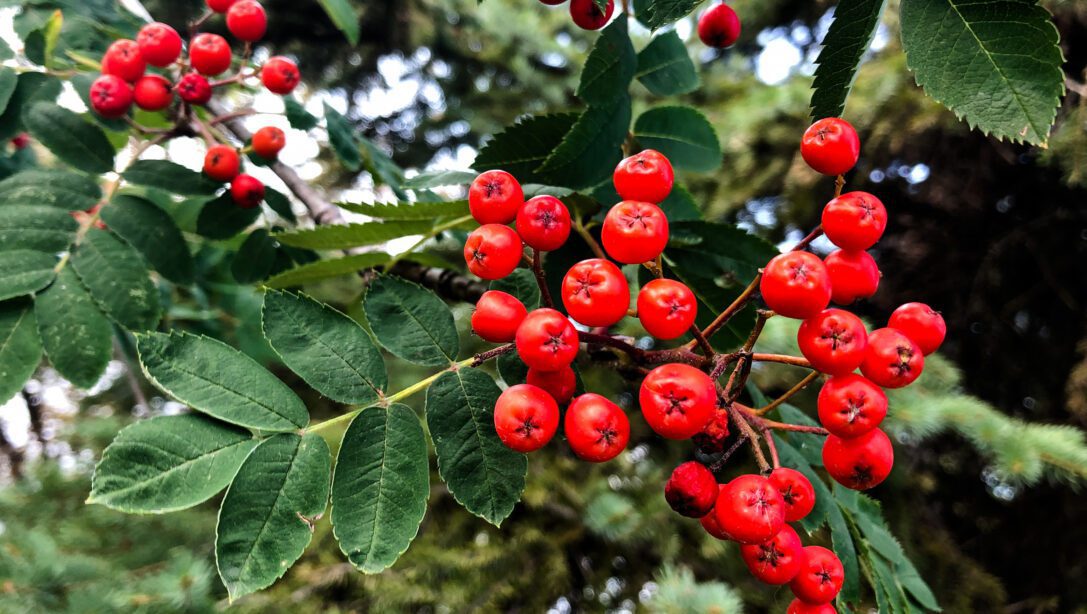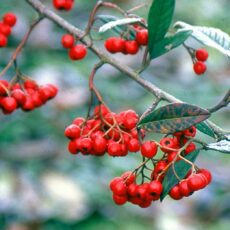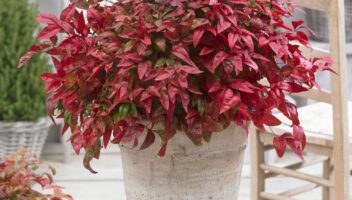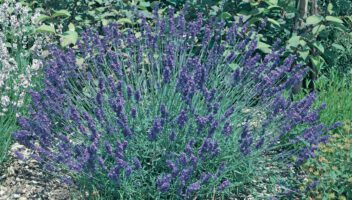Gone are the fresh days of spring when new shoots burst through with the promise of the season and gardeners are hard at work with their preparations. The long hot days of summer with flowers in abundance and the buzz of foraging insects are behind us. The glory of autumn foliage burning red and orange in the shortening days is dwindling as the year closes and our gardens welcome winter. But there is still much beauty to be found in the winter garden. While many plants drop their leaves or die back to the ground and settle into dormancy there are others ready to show their worth at this time of year. This is the opportunity to enjoy a very berry Christmas.
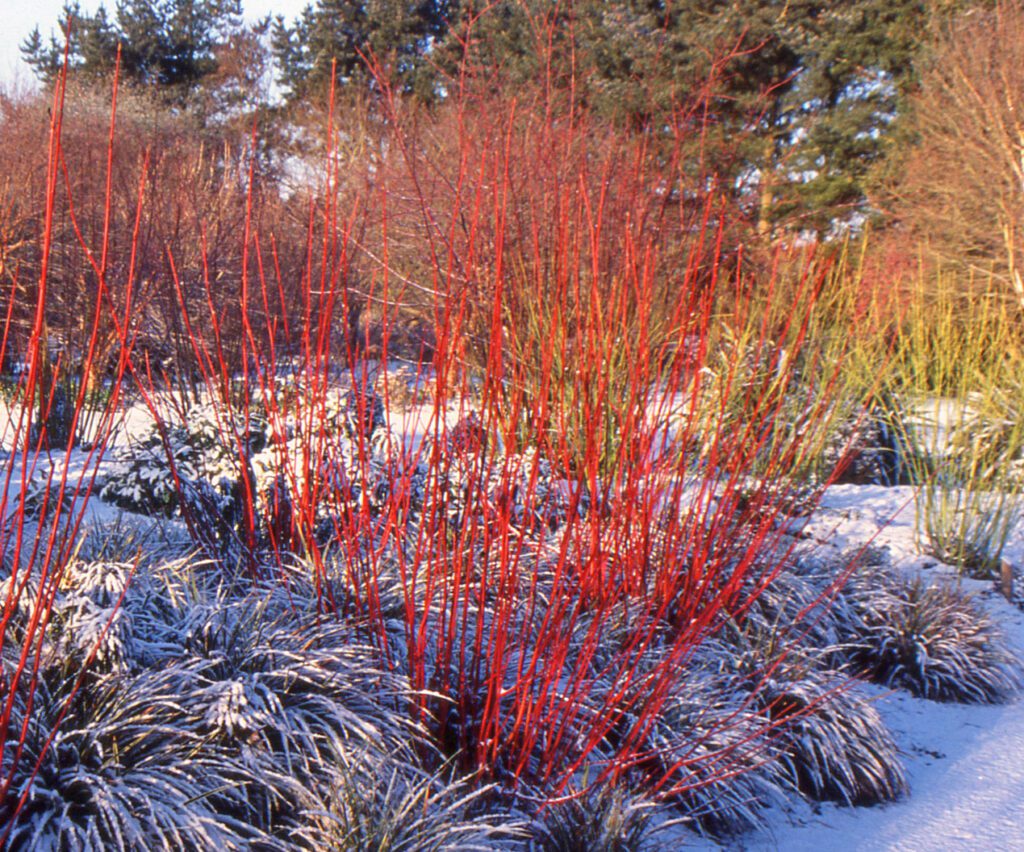
Few plants flower in the winter and those that do often have inconspicuous blooms that are designed to survive the conditions but may not catch the eye. Some such as varieties of Dogwood (Cornus) and Japanese Maple (Acer) offer an array of brightly coloured bare stems, but one of the best ways to inject colour into your garden through the late autumn and winter months is to use plants that produce berries at this time of year. These can range from low growing ground cover plants, small to large shrubs as well as trees and there are many options suitable for a small plot as well as a larger garden. And for those who care for wildlife in the garden, these berrying plants can be an essential source of food for wild birds and small mammals in the harder months of the year.
The Best Trees for Winter Berries
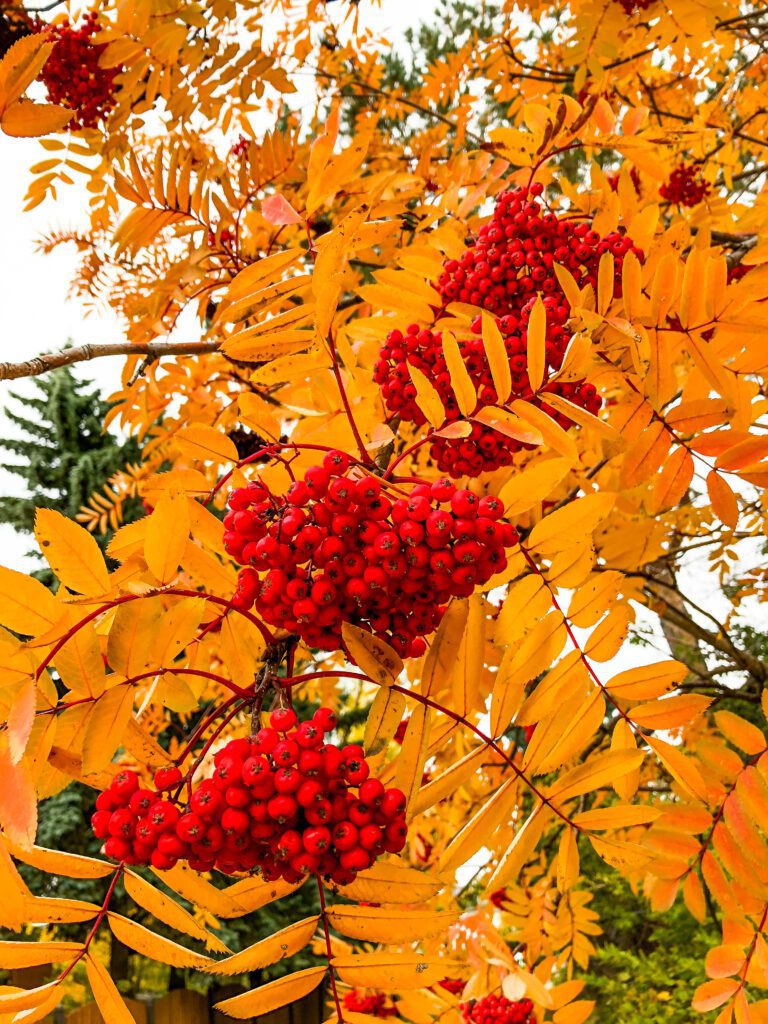
Trees of the Sorbus genus are generally small to medium sized and compact and are a good choice for the smaller urban garden. Rowan or Mountain Ash, Sorbus aucuparia, produces an abundance of clustered orange-red berries in autumn that are held on the tree throughout the winter, even as the leaves fall. The birds will enjoy the food source and in fact if you are so inclined you can make a jelly from Rowan berries combined with crab apples which is lovely with a winter roast. Sorbus aria commonly known as Whitebeam has a wider crown than Rowan and can get to 15m high when mature. The bright red winter berries are a favourite for birds. Other species of Sorbus, such as huphensis and vilmorinii have berries in shades of pink if that is your preferred colour scheme.
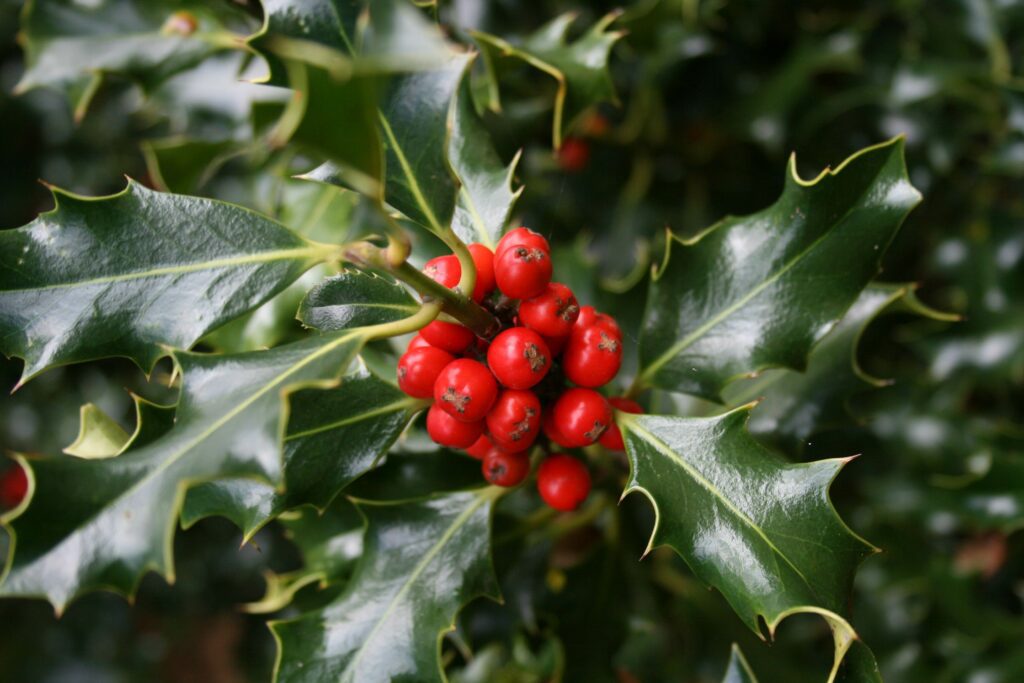
English Holly, Ilex aquifolium can be grown as a tree or a large shrub and is, of course, the quintessential winter berry. The shiny evergreen foliage also provides structure for your winter garden and an important haven for wildlife. The other berrying plant associated deeply with Christmas is Mistletoe. Not a plant you’ll find at your local garden centre (except as cut sprigs at Christmas). Mistletoe is a parasitic plant which lives on other trees, often apple trees, but also hawthorn (another fantastic tree for winter berries) and Poplar. The white berries are the traditional combination with the red of holly for decorating the Christmas table.
Shrubs and Hedgerow Berry Plants
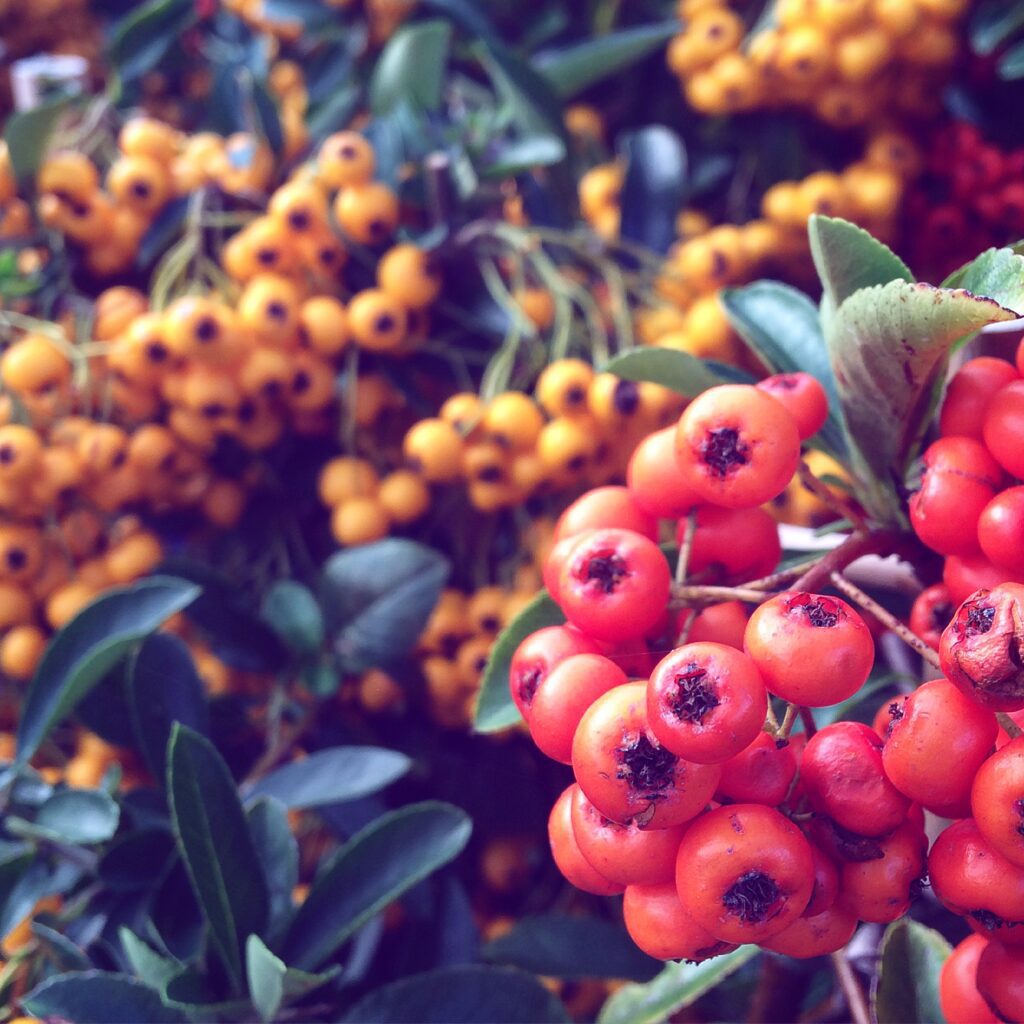
Pyracantha or Firethorn is named for the bright colours of its berries which are red, orange or yellow depending on the variety. These tough evergreen plants have hard thorns each an inch long so they are great as a hedging plant if you need an element of additional security. They can also be trained easily against a wall or fence. They flower in spring on last year’s wood and then produce berries in mid autumn, so bear that in mind when pruning.
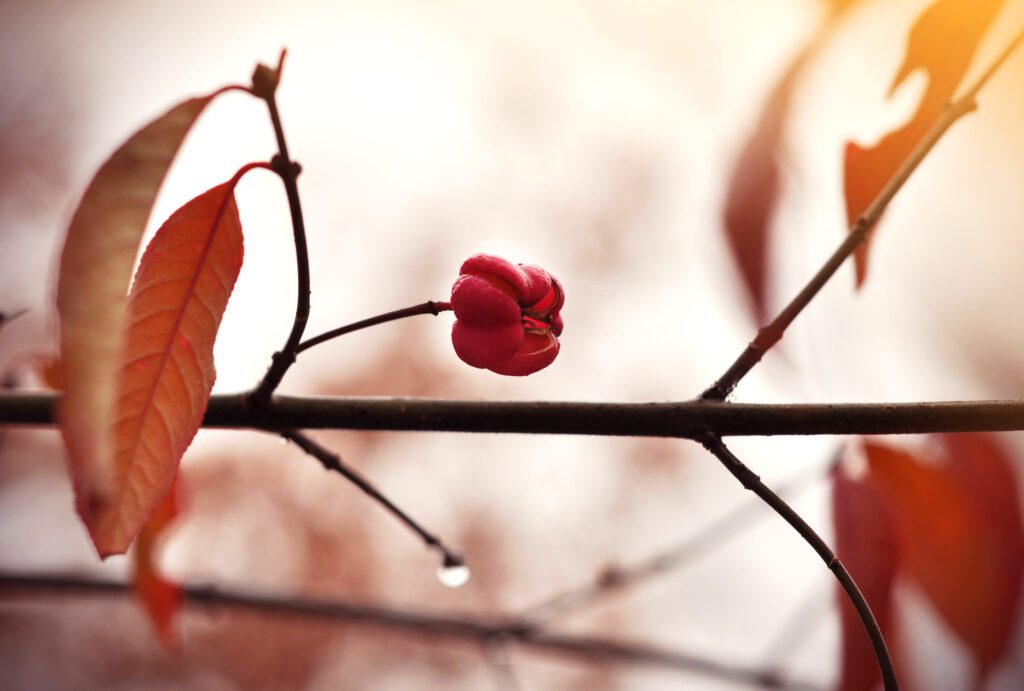
Euonymus europaeus or common spindle is a good tree. The autumn foliage colour is striking. It produces pink berries that hold through to the winter on the bare stems and open to reveal orange seeds within. This ultimately will be quite a large tree so is best kept it in check with shears. Another traditional English hedgerow plant is Rosa canina, the dog rose. We may not think of roses as winter plants but Rosa canina, rugosa and most modern hybrid roses will produce hips the fruit of the rose after flowering in early autumn and these will remain on the stems through the winter. Typically red or orange rose hips catching the morning frost on a winter’s day can look stunning in your garden.
Smaller Berry Shrubs and Ground Cover
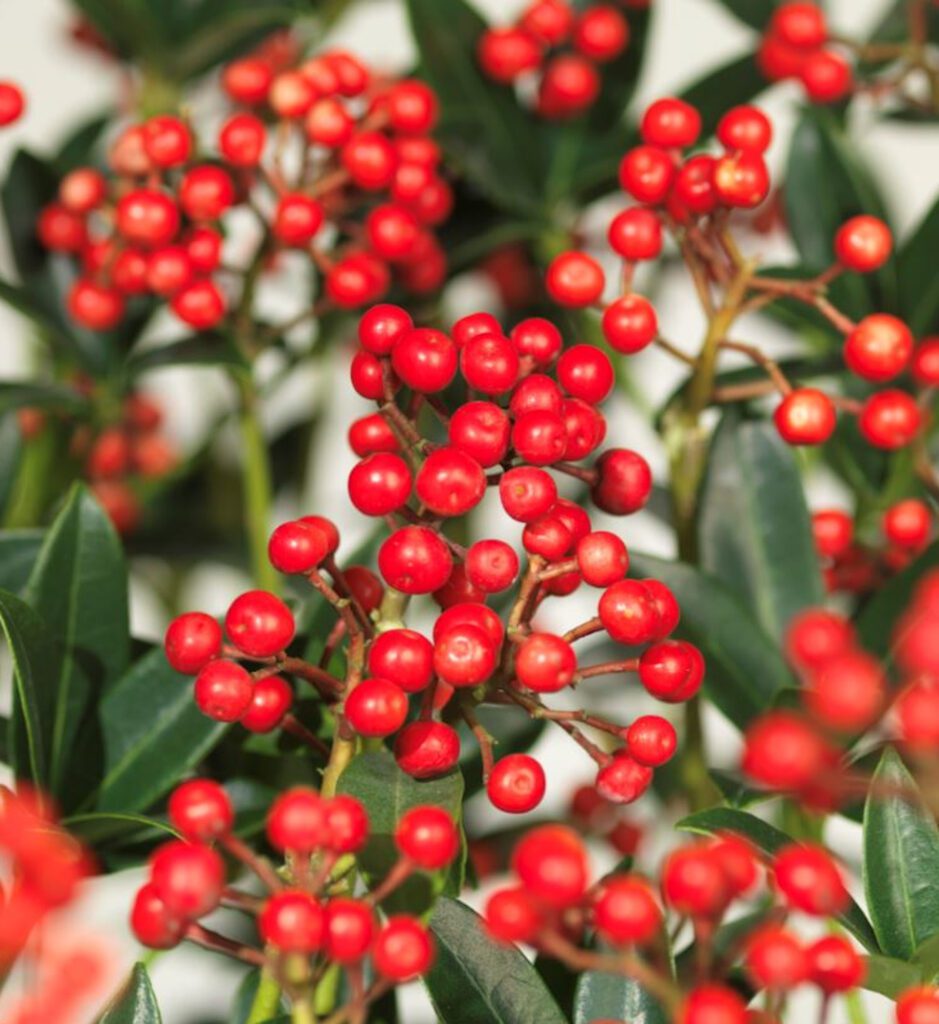
Female cultivars of Skimmia, such as Red Riding Hood and Temptation, produce fabulous berries as well as flowering in the winter. Most varieties will reach around three feet high and wide at maturity. Symphoricarpos or Snowberry, and, Callicarpa or Beauty Berry give shades of white, pink and purple. Low growing Viburnum davidii has clusters of striking blue-purple berries on red stems above leathery evergreen foliage. Cotoneaster comes in many different forms but all carry berries in the winter that are attractive to birds. Be careful though, as some varieties are considered invasive.
Hillier Tip: By having a Cotoneaster that will bear an abundance of berries in the Autum and the flowers will attract pollinators all round whilst the berries are great food for birds.
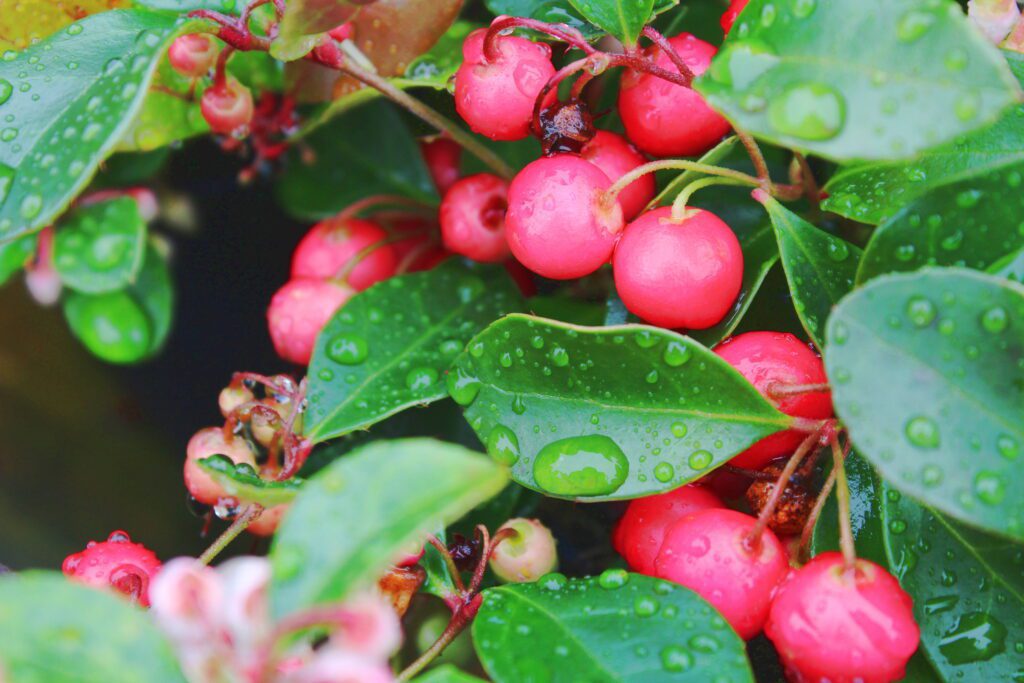
Gaultheria is a spreading ground cover plant with small shiny evergreen leaves and an abundance of bright red berries. Great for underplanting deciduous shrubs or trees to give a point of interest in winter. Cornus canadensis is another spreading sub shrub and good for a shadier spot.


